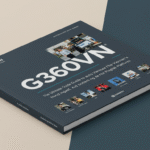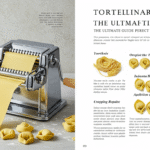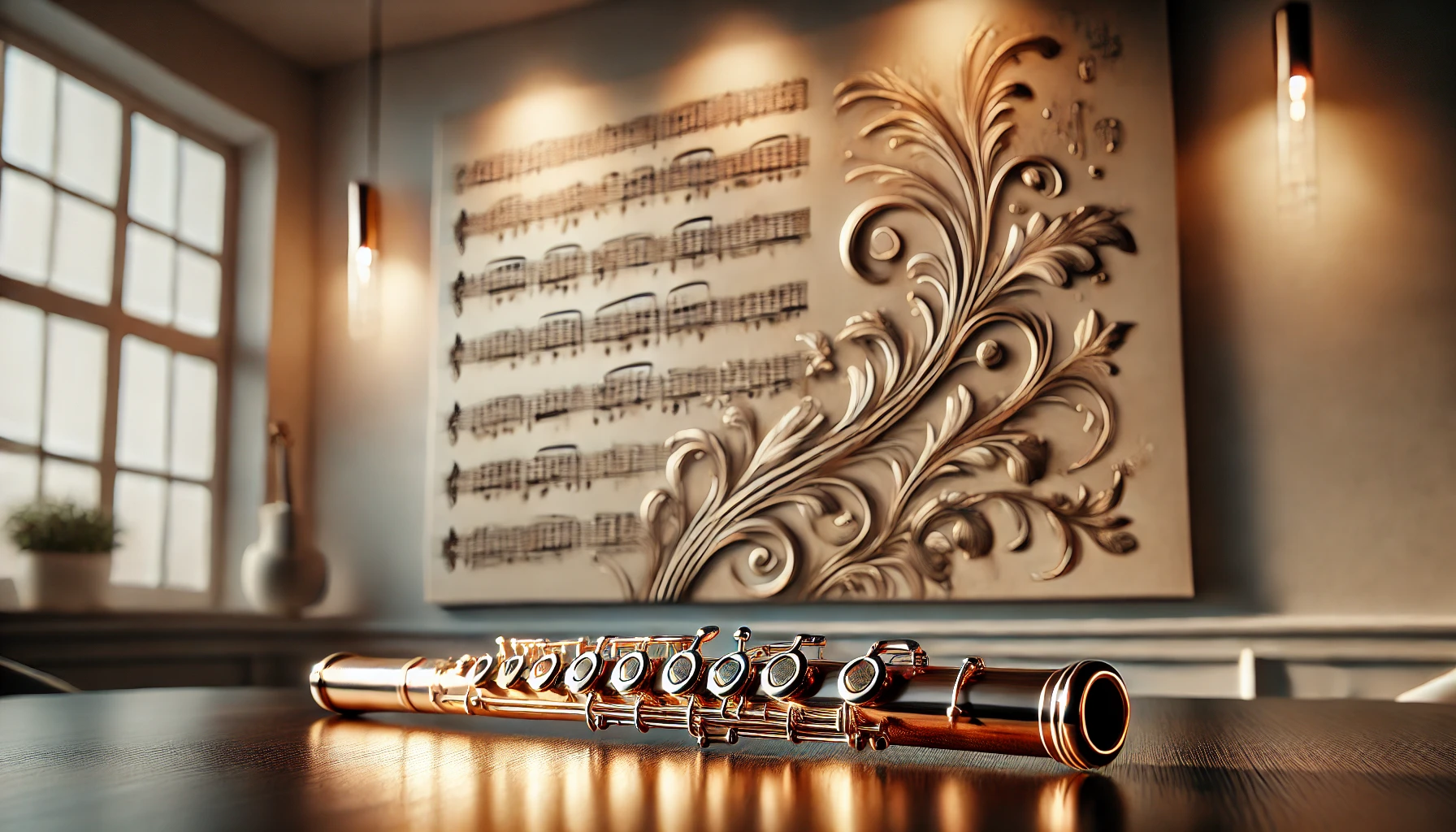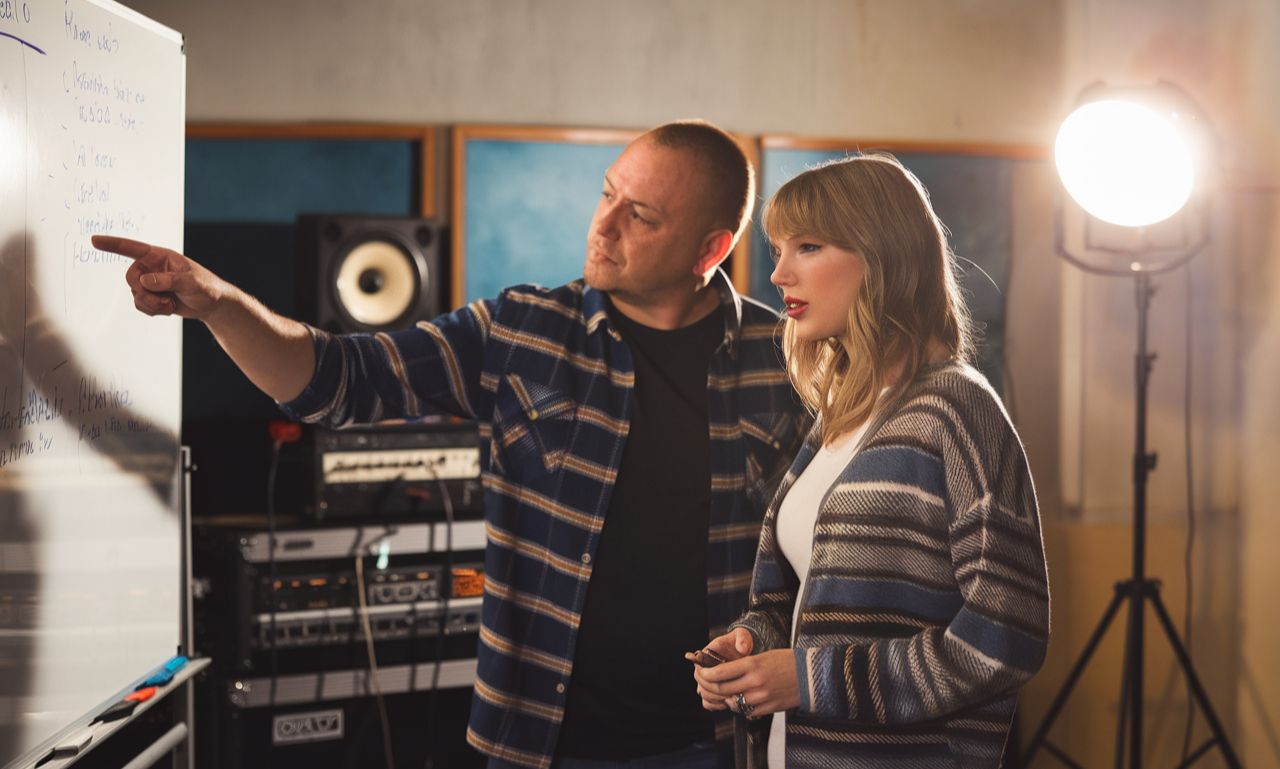In the realm of music, where every instrument contributes a unique voice, the piccolo holds a special place. Often overlooked due to its diminutive size, this small woodwind instrument carries a powerful sound that soars above others in an ensemble. Its bright and piercing tones make it indispensable in both classical and contemporary music. Whether leading a symphony or adding flair to marching bands, the piccolo plays a crucial role in enriching musical experiences.
The History and Evolution of the Piccolo
The journey of the piccolo spans centuries, with its origins rooted in ancient flutes. As music evolved, so did this instrument, transitioning from its rudimentary form to the refined version we recognize today. Initially crafted from wood, the piccolo gained prominence in military bands before finding its place in symphony orchestras. Over time, its design incorporated modern materials like metal, enhancing durability and tonal precision.
How the Piccolo Differs from the Flute
Though similar in appearance to the flute, the piccolo is distinct in many ways. It is half the size of a standard flute and plays an octave higher, producing a sharp, clear sound. Its construction also differs, with fewer keys and a more compact design. These differences contribute to its unique ability to cut through orchestral textures, making it a vital component in large ensembles.
Crafting the Perfect Piccolo
The artistry involved in crafting a piccolo ensures its tonal quality and playability. Expert luthiers use high-quality materials like grenadilla wood or silver-plated metal to create instruments that resonate beautifully. Each component, from the head joint to the keys, is meticulously designed to balance the instrument’s small size with its powerful sound.
The Role of the Piccolo in Classical Music
In classical music, the piccolo often takes on both melodic and supporting roles. Its ability to reach the highest notes adds brilliance to symphonic compositions. Composers like Beethoven and Tchaikovsky utilized the piccolo to bring intensity and excitement to their works. Whether adding dramatic flair or enhancing delicate passages, this instrument proves its versatility.
Modern Applications of the Piccolo
Beyond classical music, the pic-colo has found a place in contemporary genres. Jazz, pop, and even cinematic scores employ its unique sound to evoke emotion and capture attention. Its adaptability allows musicians to experiment, blending traditional techniques with modern innovations.
Learning to Play the Pic-colo
Aspiring pic.colo players must first master the flute, as the skills are closely related. However, transitioning to the piccolo requires adjustments due to its smaller size and higher pitch. Breath control, embouchure, and finger positioning are crucial to producing a clear, vibrant tone. Dedicated practice ensures proficiency, allowing players to unlock the instrument’s full potential.
Challenges of Playing the Pic-colo
Mastering the pic-colo comes with its challenges. Its high pitch demands precise intonation, and maintaining a steady tone requires exceptional breath control. Additionally, its piercing sound can be difficult to balance within an ensemble. Despite these hurdles, the rewards of playing the piccolo make it a favorite among skilled musicians.
Famous Pic-colo Performances in History
Several historic performances highlight the pic.colo’s significance. In John Philip Sousa’s marches, its bright sound takes center stage, symbolizing patriotism and celebration. Similarly, in Prokofiev’s “Lieutenant Kijé Suite,” the piccolo delivers a whimsical charm that remains unforgettable. These examples showcase the instrument’s enduring appeal.
Piccolo in Orchestras and Bands
Orchestras and marching bands rely on the pic.colo to add sparkle to their performances. Its sound carries over large ensembles, ensuring it is heard even in complex arrangements. In marching bands, its high pitch cuts through outdoor environments, energizing crowds during parades and events.
Choosing the Right Piccolo
Selecting a pic.colo requires careful consideration of materials, craftsmanship, and player needs. Beginners often start with composite models, which offer durability and affordability. Advanced players may prefer wooden or metal instruments, as these provide superior tone and responsiveness. Consulting experienced musicians or instructors can guide this important decision.
Caring for Your Piccolo
Proper maintenance ensures the longevity and performance of a piccolo. Regular cleaning prevents moisture buildup, and storing it in a protective case shields it from damage. Periodic checkups by a professional technician help maintain optimal key alignment and sealing, preserving the instrument’s quality.
The Pic-colo in Popular Culture
Beyond traditional music settings, the pic.colo has appeared in popular culture. Its distinctive sound features in film scores, commercials, and even video games, showcase its versatility. These appearances introduce the instrument to broader audiences, sparking interest among aspiring musicians.
The Science Behind the Piccolo’s Sound
The pic.colo’s unique sound arises from its size and structure. Its short tube length produces high-frequency vibrations, creating bright, sharp tones. The placement of its keys and the shape of its head joint further influence its acoustic properties, enabling its characteristic brilliance.
Renowned Pic-colo Players
Several musicians have elevated the status of the pic.colo through their exceptional talent. Artists like Jeanne Baxtresser and Nicola Mazzanti have demonstrated the instrument’s expressive capabilities, inspiring a new generation of players. Their contributions underscore the piccolo’s importance in the music world.
Piccolo Repertoire: Iconic Pieces
The repertoire for the pic.colo includes iconic works that highlight its range and versatility. Pieces like Vivaldi’s “Concerto in C Major” and Rossini’s “William Tell Overture” showcase its technical demands and melodic beauty. These compositions remain essential for musicians seeking to master the instrument.
Piccolo’s Influence on Music Education
In music education, the pic.colo plays a vital role in developing advanced skills. Its challenges encourage students to refine their technique, build confidence, and expand their musical horizons. Educators often use it to introduce players to orchestral settings, preparing them for professional opportunities.
Technological Innovations in Pic-colo Design
Advancements in technology have influenced piccolo design, improving its performance and accessibility. Innovations like adjustable head joints and synthetic materials provide greater customization for players. These developments ensure that the pic.colo remains relevant in an evolving musical landscape.
Cultural Significance of the Piccolo
Across cultures, the pic.colo symbolizes joy, celebration, and vitality. Its lively sound has been associated with festive occasions, military ceremonies, and communal gatherings. This cultural resonance highlights its enduring appeal as a source of connection and inspiration.
Future Prospects for the Piccolo
As music continues to evolve, the piccolo is poised to explore new possibilities. Its adaptability ensures that it will remain a staple in both traditional and innovative contexts. From blending with electronic music to inspiring avant-garde compositions, the future of the pic.colo shines brightly.
Conclusion
The pic.colo, though small in stature, wields immense power in its ability to captivate and inspire. Its vibrant sound enriches musical landscapes, bridging classical traditions and modern innovations. As a testament to human creativity, the piccolo continues to resonate with audiences worldwide, proving that even the smallest voices can make the most significant impact.
FAQs
What is the piccolo?
The pic.colo is a small woodwind instrument known for its bright, high-pitched sound and vital role in orchestras and bands.
How does the pic.colo differ from the flute?
The pic.colo is half the size of a flute and plays an octave higher, producing a sharper and more piercing tone.
What are the challenges of playing the pic.colo?
Playing the pic.colo requires precise intonation, exceptional breath control, and skill in balancing its sound within ensembles.
What materials are used to make pic.colos?
Pic.colos are often crafted from grenadilla wood, metal, or composite materials, each offering unique tonal qualities.
Where is the pic.colo used in music?
The pic.colo is used in classical compositions, marching bands, contemporary genres, and even popular culture like films and video games.
How can one care for a pic.colo?
Maintaining a pic.colo involves regular cleaning, proper storage, and periodic checkups by a professional technician.
Who are some famous pic.colo players?
Renowned players like Jeanne Baxtresser and Nicola Mazzanti have showcased the pi.ccolo’s expressive potential.











pfijwh
cbx4od
1a0v1y
pa21bm
Can you be more specific about the content of your article? After reading it, I still have some doubts. Hope you can help me.
Interesting analysis! Player engagement is key, and platforms like phil168 game clearly focus on creating immersive experiences. Legit security & smooth onboarding are huge wins too! Solid points all around.
dlql4u
dlql4u
Thank you for your sharing. I am worried that I lack creative ideas. It is your article that makes me full of hope. Thank you. But, I have a question, can you help me?
Your article helped me a lot, is there any more related content? Thanks!